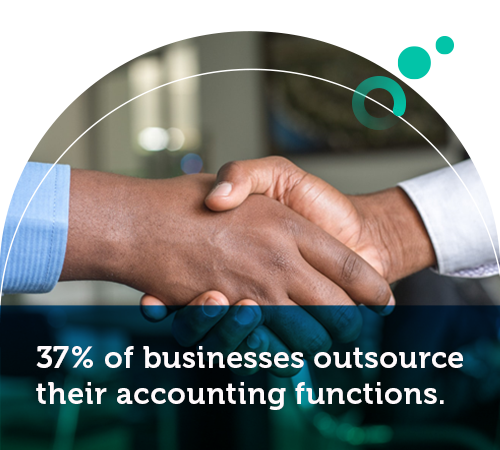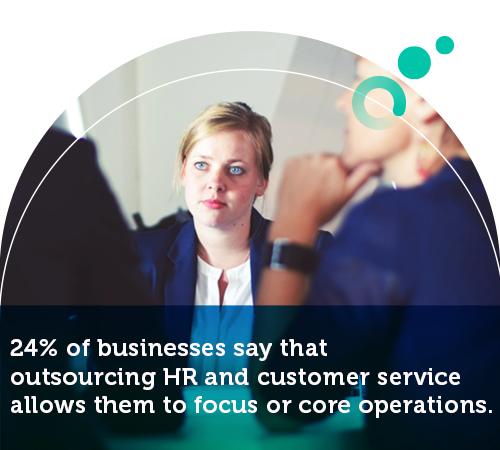
What is Gross Misconduct?
Gross misconduct is one of the reasons why companies must have employee handbooks that clearly distinguish between appropriate and inappropriate behavior and outline the repercussions in the event of misconduct.

BPO is an abbreviation for business process outsourcing.
It is contracting another firm to do a procedure that the company needs to function. To put it simply, when a company hires a third party to manage its non-core business operations, they engage in business outsourcing. Here are the latest BPO statistics, trends, and facts:



These BPO statistics show that businesses see outsourcing as more efficient than employing and paying a full team. In some cases, a more specialized organization can perform a business task better than the company can handle it in-house.
Browse our curated list of vendors to find the best solution for your needs.
Subscribe to our newsletter for the latest trends, expert tips, and workplace insights!

Gross misconduct is one of the reasons why companies must have employee handbooks that clearly distinguish between appropriate and inappropriate behavior and outline the repercussions in the event of misconduct.

A company can only grow as fast as its workforce allows. In an economy defined by constant disruption, strategic HR staffing becomes an investment in long-term business success.

Despite their popularity, are employee incentive programs truly effective, or do they secretly undermine the very productivity and morale they aim to boost?

An HR investigation can easily turn into a stressful and uncomfortable experience, but your rights are your best defense. This Shortlister article helps you understand and use them.
Used by most of the top employee benefits consultants in the US, Shortlister is where you can find, research and select HR and benefits vendors for your clients.
Shortlister helps you reach your ideal prospects. Claim your free account to control your message and receive employer, consultant and health plan leads.